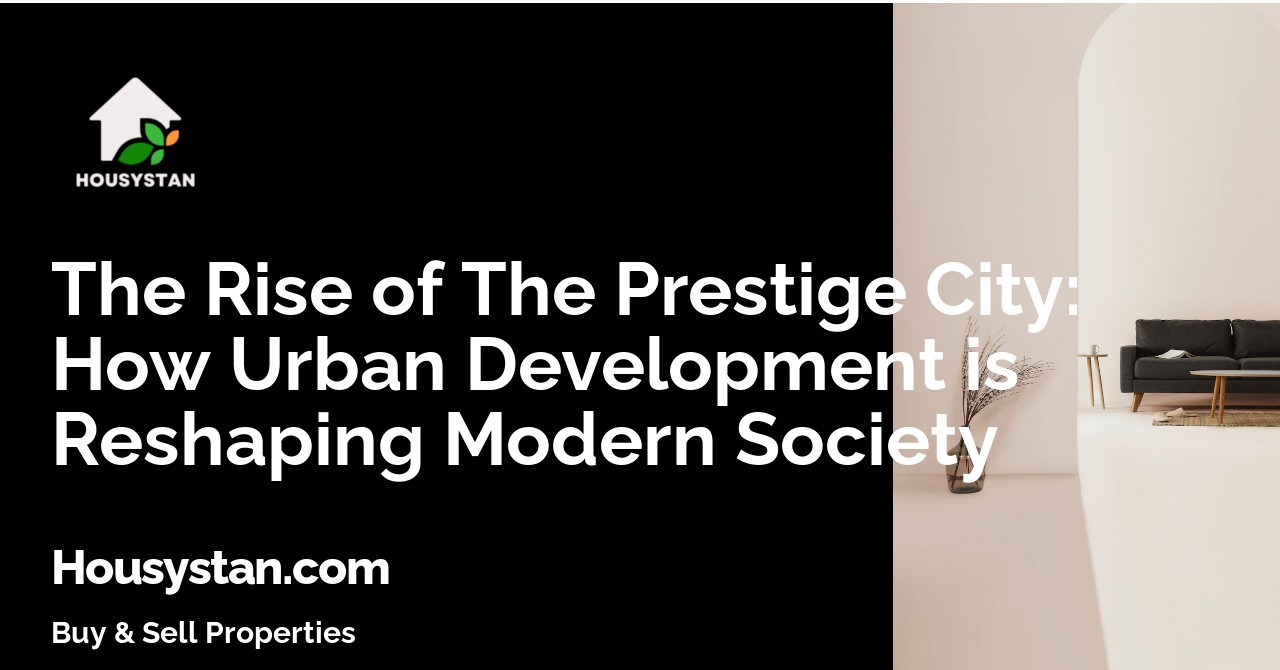The Rise of The Prestige City: How Urban Development is Reshaping Modern Society
Read latest blogs and articles from Housystan

The Information mentioned here was last updated on:
28/12/2025The Prestige City stands as a remarkable example of how urban development is revolutionizing modern society, especially in rapidly expanding metropolitan regions. Located strategically to offer both convenience and connectivity, The Prestige City has become a sought-after destination for families, professionals, and investors alike. This urban marvel not only transforms the landscape but also brings innovative solutions to the challenges faced by contemporary city dwellers.
One of the defining features of The Prestige City is its holistic approach to infrastructure and community planning. By integrating residential, commercial, and recreational spaces, the development fosters a vibrant atmosphere that encourages social interaction and sustainable living. Green zones, wide roads, and state-of-the-art amenities ensure residents enjoy a superior quality of life while minimizing environmental impact. Additionally, the emphasis on smart technologies, such as advanced security systems and energy-efficient utilities, sets a new standard for urban living.
Strategically positioned near major business hubs, educational institutions, and healthcare facilities, The Prestige City appeals to a diverse population. Its proximity to key transit routes makes commuting effortless, further enhancing its appeal to those seeking a well-connected urban lifestyle. Local businesses thrive due to increased foot traffic, while property values continue to appreciate thanks to the area’s sustained development and growth.
- Verified Tenants/Buyers
- Unlimited Property Listing
- Zero subscription/charges fee
Urbanization is not just about expanding cities; it’s about creating environments that promote well-being, productivity, and community engagement. The Prestige City exemplifies this philosophy by prioritizing public spaces, recreational facilities, and inclusive design. Families benefit from safe play areas, top-tier schools, and healthcare access, while professionals appreciate coworking zones and modern office spaces. The result is a balanced ecosystem where every resident finds their niche.
As more people seek the advantages of urban living without compromising on comfort or sustainability, developments like The Prestige City are setting new benchmarks. This transformative project demonstrates that thoughtful urban planning can enhance local economies, foster social cohesion, and elevate the standard of living. For anyone considering a move or an investment in a dynamic metropolitan area, The Prestige City emerges as a premier choice, symbolizing the future of urban development.